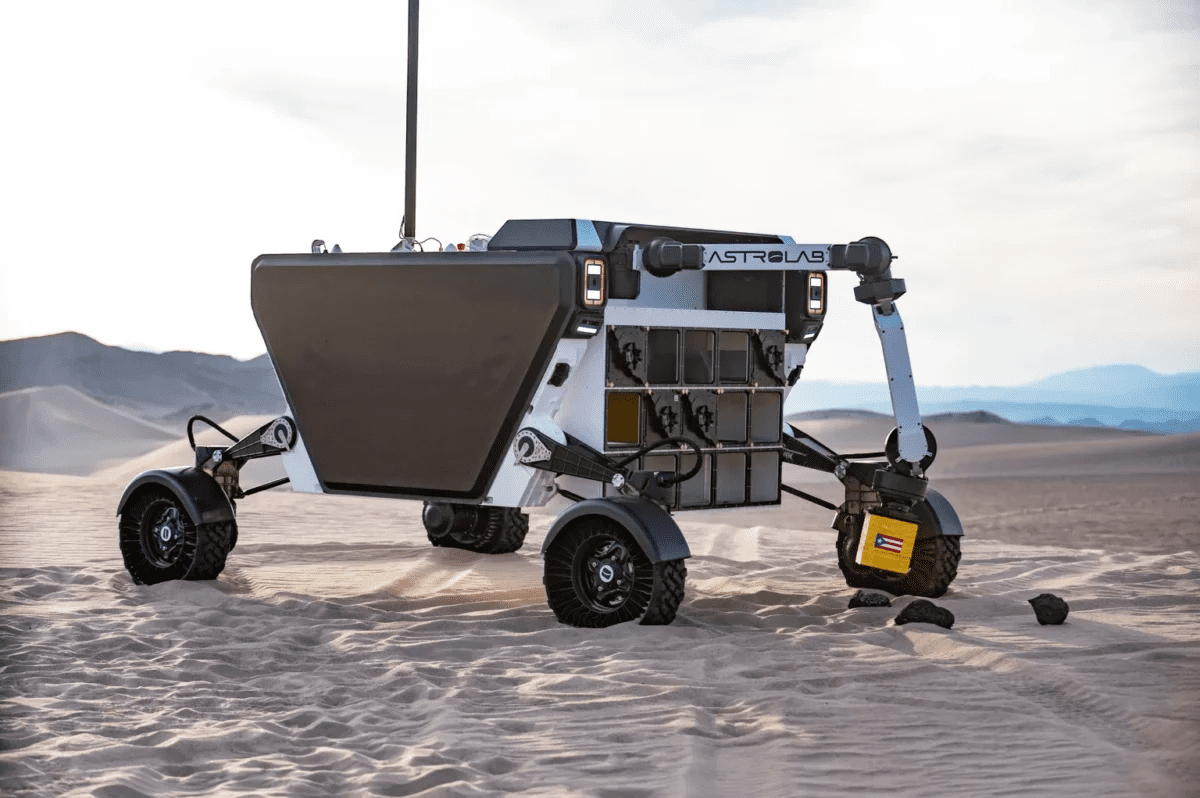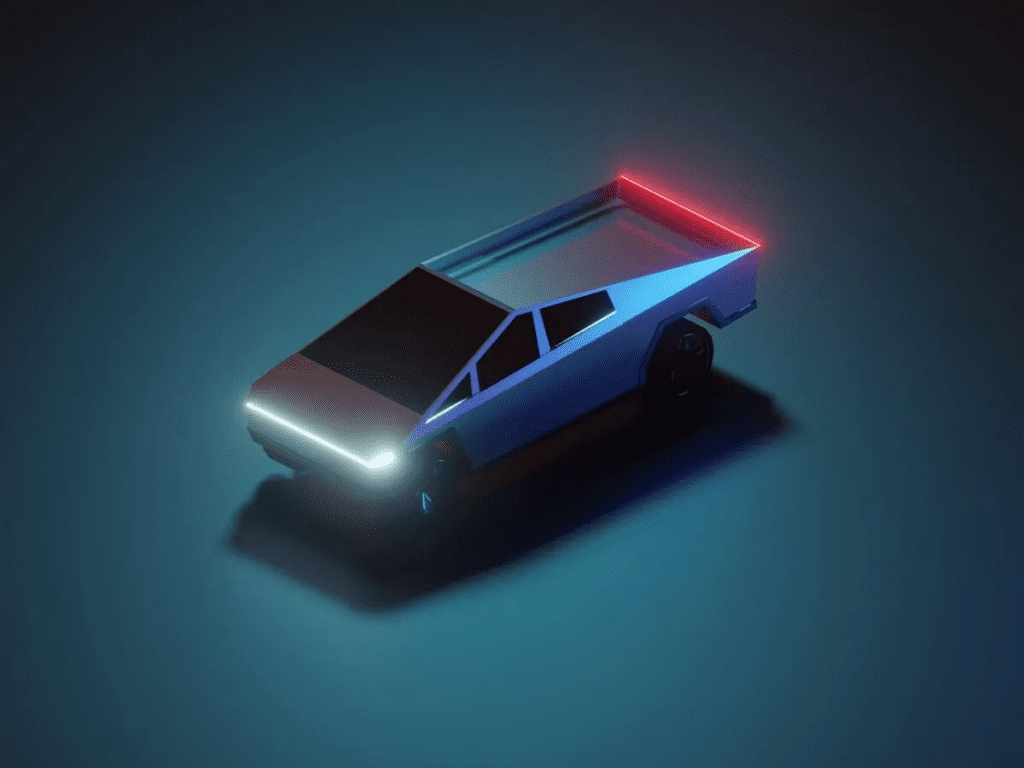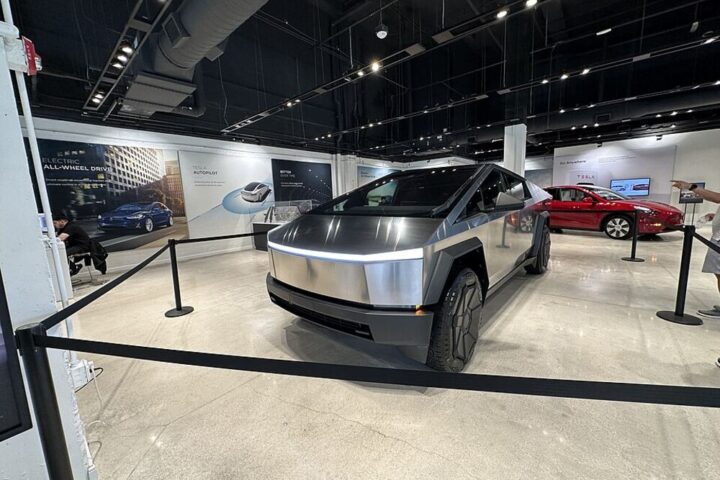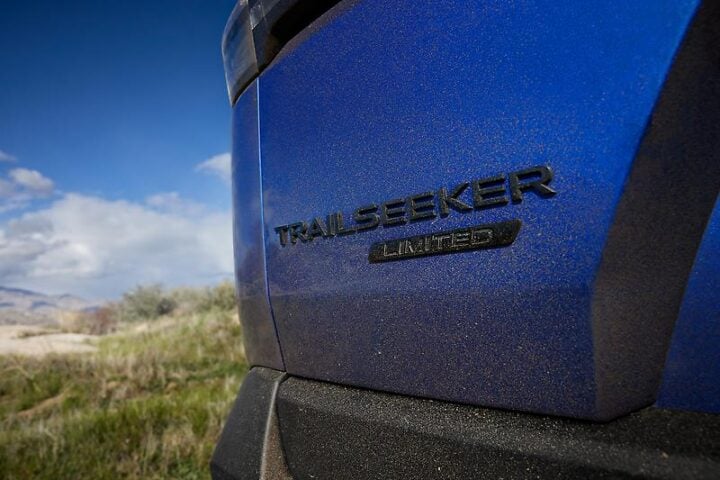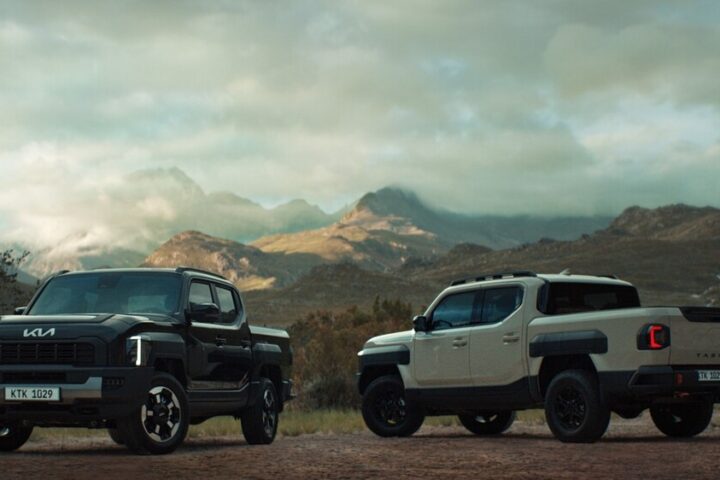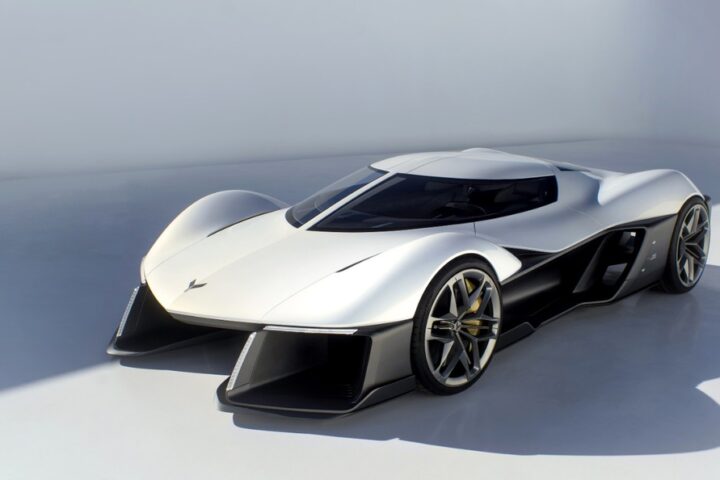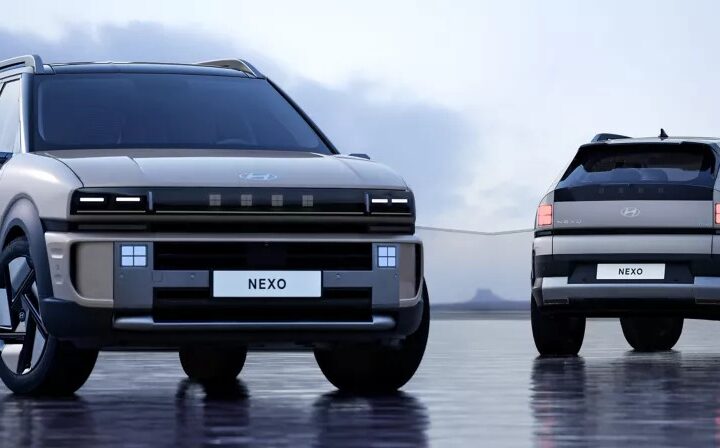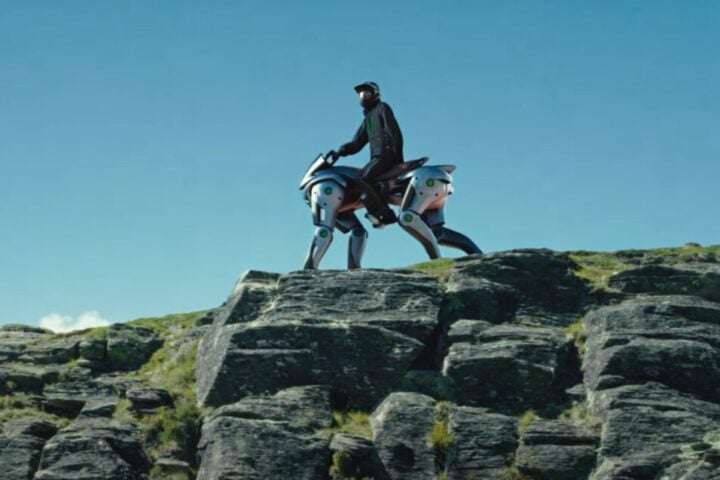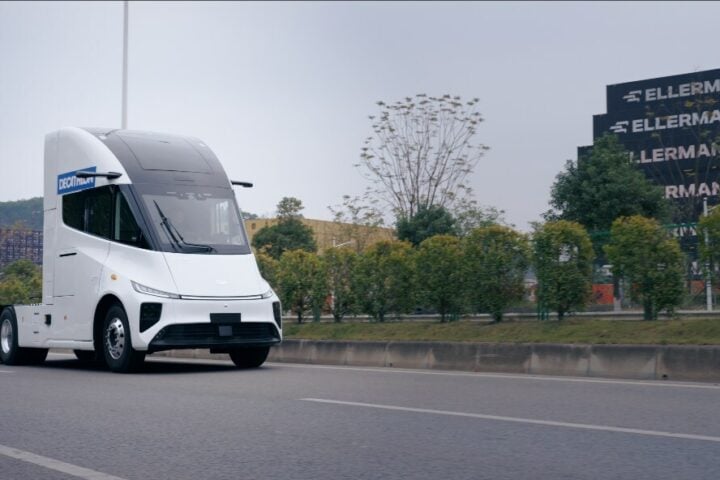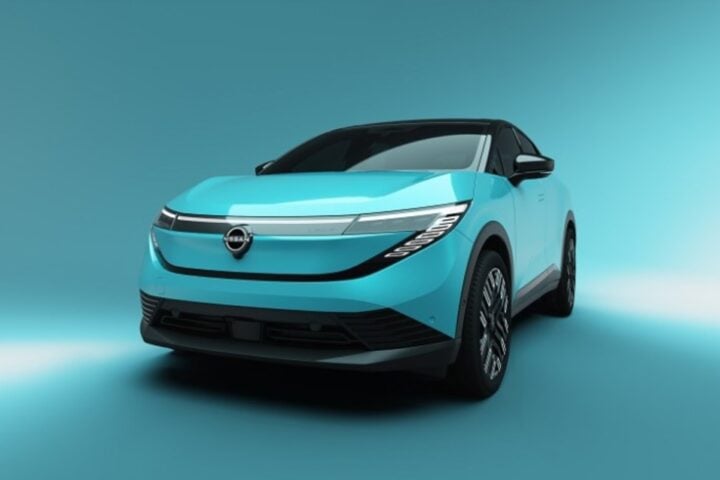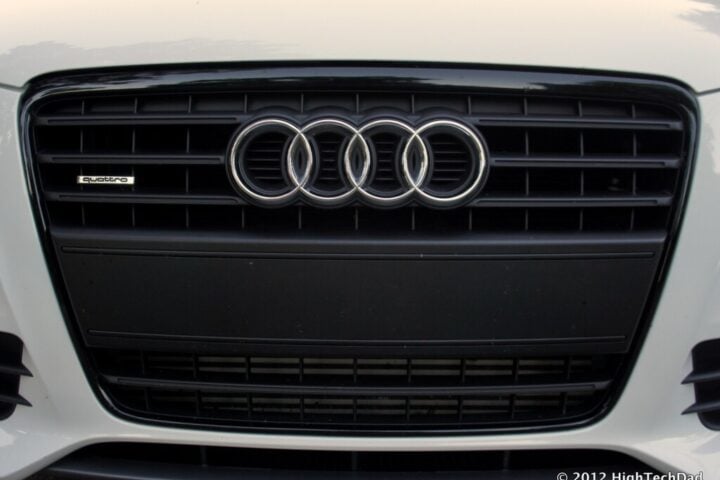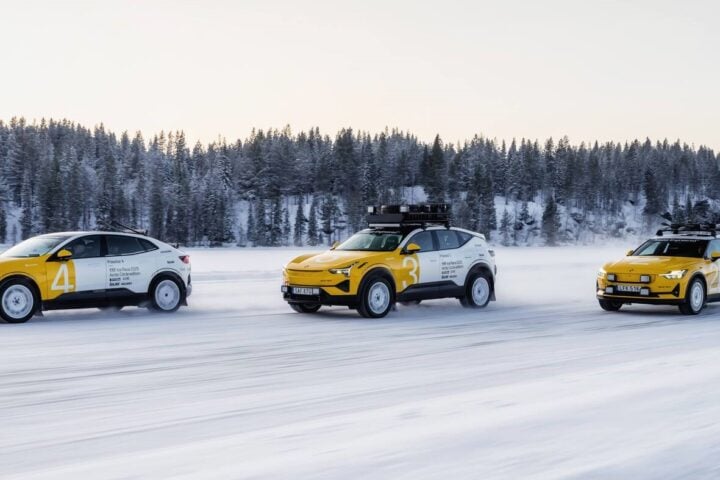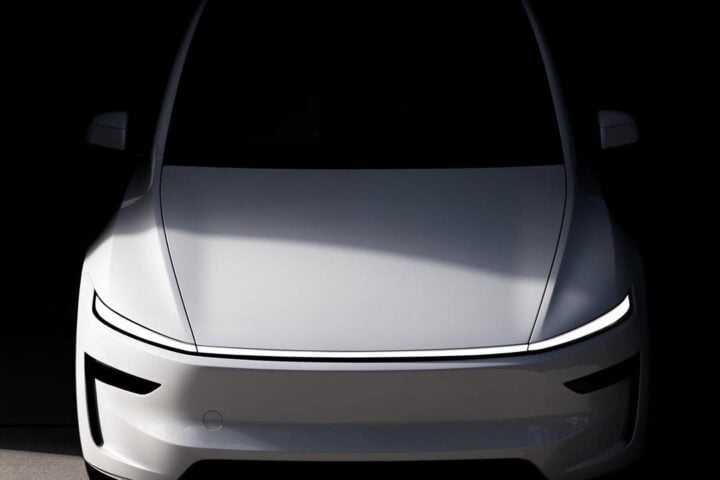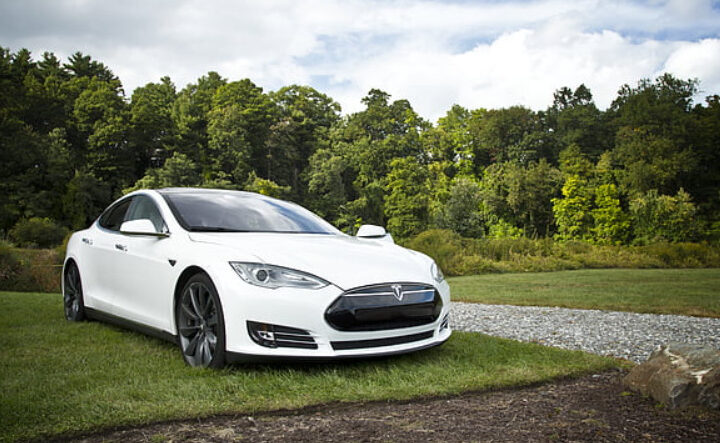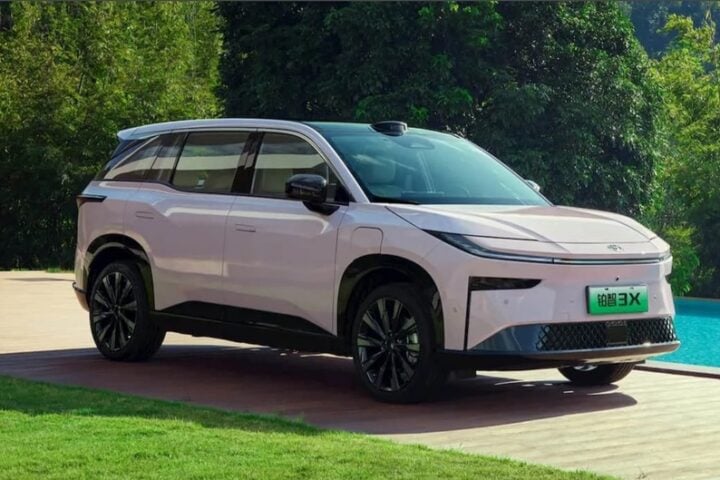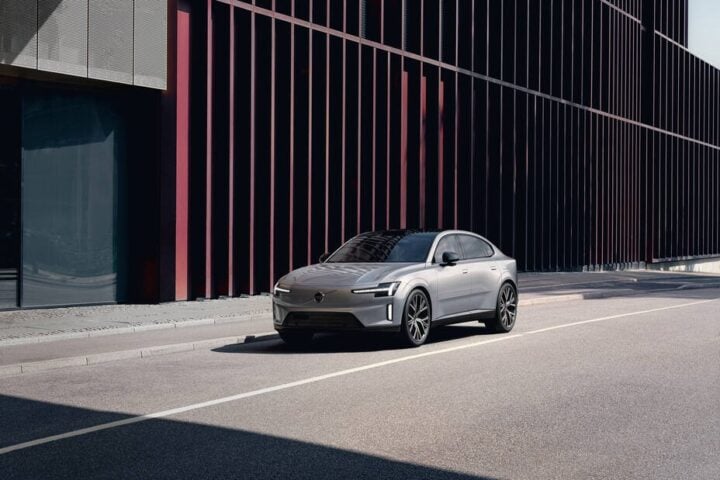Venturi Astrolab, Inc. has announced a collaboration with SpaceX for the transportation of Astrolab’s Flexible Logistics and Exploration (FLEX) rover to the Moon in mid-2026. The FLEX rover is believed to be the largest and most capable rover to land on the Moon. It has a maximum combined rover and cargo mass of two tons plus.
Astrolab has developed the FLEX rover to carry and deploy payloads in a modular system, which makes it more versatile and efficient than previously used rovers. Astrolab plans for the FLEX rover will be the first of the many rovers that will be used on the lunar surface to help establish a permanent human presence on the Moon and eventually Mars.
The FLEX rover can be used for a wide variety of cargo, making it an ideal logistics system for missions to the Moon and Mars. Astrolab has already signed several customer agreements to carry payloads on the mission and expects to release details later this spring.
The FLEX rover was designed to serve as an unpressurized rover for a crew of two astronauts on the lunar surface, making it compatible with NASA’s requirements for its Lunar Terrain Vehicle (LTV). The collective team working on the FLEX rover includes experts from space mobility, robotics, advanced technology research, and electromobility, among other fields.
Venturi Group in Monaco, the entity behind Astrolab, provides expertise in high-performance batteries, while its US subsidiary, Venturi North America, assists in the test phases. Venturi Lab creates materials resistant to extreme conditions, high-performance solar panels, deformable wheels, and electrical control systems, and manages relations with ESA.
Venturi Astrolab is responsible for designing the vehicle architecture, primary structure and mechanisms, software and avionics, assembly, and validation testing. Designer Sacha Lakic was responsible for the FLEX rover’s human factors and aesthetic design, which drew inspiration from Venturi Group’s innovative vehicles. The team began testing a full-scale, fully-functional terrestrial prototype of the FLEX rover in the California desert last year, including crewed and uncrewed testing.
